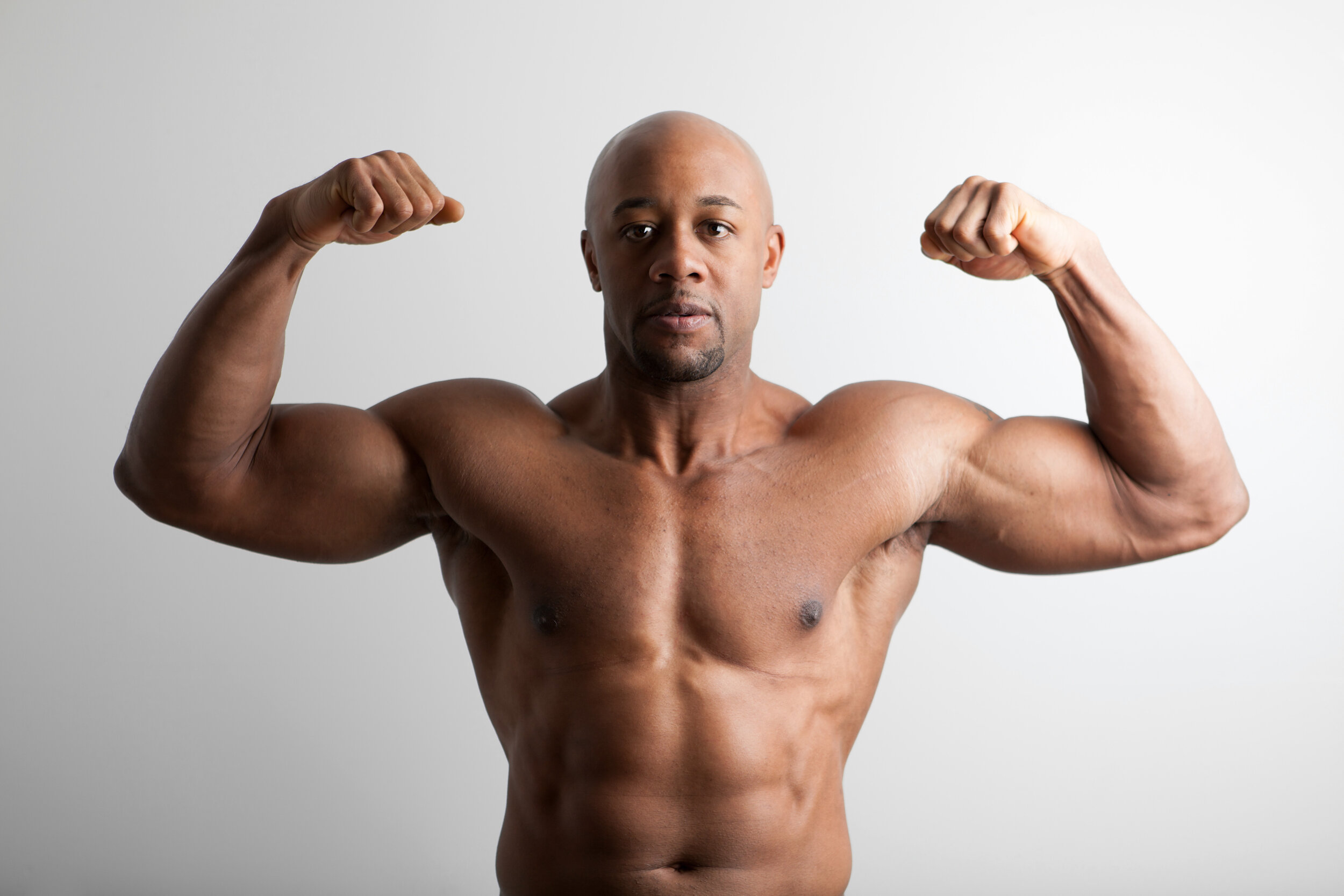

Why Strength Fluctuates
Strength fluxuations are a natural part of training and aren’t necessarily a sign that you’re not getting stronger or something is wrong with your training program. As long as there remains an upward trend over time, you’re good! Stress, sleep schedule, recovery time, and how much you’re eating can all effect how strong - or not - you are on any given day. Disrupted training, like going on vacation or being sick, can also cause a dip in strength, but these setbacks are usually minor and getting back to your pre-break levels happens relatively quickly. The changes in strength can often be small numbers, too small to be noticed when the minimum weight you add is at least 5 pounds. The use of smaller fractional plates help make the flucuations in strength more clear.

How Beginner Lifters Mess Up Their 1RM Attempts
Testing your one rep maxes (1RM) is a way to measure strength progress, but there are a lot of wrong ways to go about them. Attempting maxes too frequently or too soon, wasting your energy during a warm up, or not tapering/peaking beforehand, can all lead to 1RM that aren’t representative of your strength. It’s extremely important to take proper precautions when doing 1RM because the heavier the weight, the more likely it is it’ll cause a serious injury if something goes wrong. Remember that there are many other ways to measure strength and progress, and not meeting your goal on a 1RM is not the end of the world, nor proof that your training isn’t working.

When Do We Physically Peak? (Peaking Part 2)
Olympic weightlifting is the main professional lifting competition, but Olympic athletes cannot be used to assess averages for lifters. The people who make it to the Olympics have genetic and social advantages that make them the best in the world.
The margin of winning at these high levels is so small that even the most dedicated and talented athletes may never make it to the Olympic Games and could quit trying to compete well before their physical peak.
Research in masters lifting has shown that most lifters were physically peaking between ages 30-35, and although their abilities do start decreasing, it’s at a much smaller and slower rate than people tend to expect.
Career peaking is a social construct and should not be used as the only way to measure expected performance and growth.

When Do We Physically Peak? (Physical Peaking Part 1)
Peaking in your career and peaking physically are usually going to be different, especially for weightlifters. While many professional athletes retire from competing in their 20s, it is not always because they have physically peaked. Social factors have a huge impact on both career peaks and physical peaks. High level athletes need time, money, and other resources in order to train at the level required to be competitive. A career usually comes to an end or doesn’t meet its full potential because of one or more of these resources is scarce or withheld from an individual.

Learning Two Languages At Once - And General Tips For Practicing Any Pair Of Skills
Learning two languages at once is not generally recommended - but at the same time, it’s hard to learn a second language without continuing to practice the one you learned previously. I believe that learning two languages at once is certainly possible, but you need to take the right approach to ensure you succeed. Here are the tips I’ve been using.
